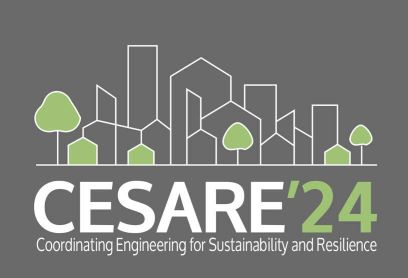Speaker
Description
The transition to more circular practices in the building sector offers an alternative path to the dominant linear, highly polluting and wasteful processes. To better understand the full impact of building materials and buildings over their lifetime and beyond, Life Cycle Assessment (LCA) studies have been an area of interest and a growing body of knowledge over the past three decades. Moreover, recent studies emphasize the critical importance of the end-of-life (EoL) scenario, particularly for wood-based construction, and highlight its potential for further decarbonization through circular strategies such as design for adaptability, disassembly and reuse. However, there is a significant knowledge gap in the LCA literature regarding mitigation strategies specific to affordable housing options, despite the urgent and undeniable need for these typologies worldwide. This study contributes to filling this gap by conducting a materials-level, whole-building LCA of a prototype affordable single-family house built in 2020 using a business-as-usual wood-frame construction method. Besides the conventional as-built scenario, this study developed five hypothetical scenarios that evaluated the influence of different EoL options (recycling or energy recovery), enhanced circular strategies (reduce and reuse), and substitution of non-renewable materials with circular materials for insulation (wood fiber) and finishing (clay plaster), with the aim of identifying further opportunities and limitations for decarbonizing such a typology and construction method. The results of this study consistently indicated that the order of priority should be to (1) ensure appropriate end-of-life for metals and wood-based materials. (2) Replace non-renewable materials with renewable wood or earth-based materials. (3) Improve material reuse and construction waste diversion rates. The results of the study support decision-making processes for the design and construction of low-impact affordable single-family homes and the development and implementation of affordable housing policies and regulations, resulting in greater environmental justice and a more equitable and sustainable built environment.
| Keywords | Affordable Housing, LCA, Wood frame, Circulality, Circular economy |
|---|---|
| Topics | Circular economy, Green buildings |

